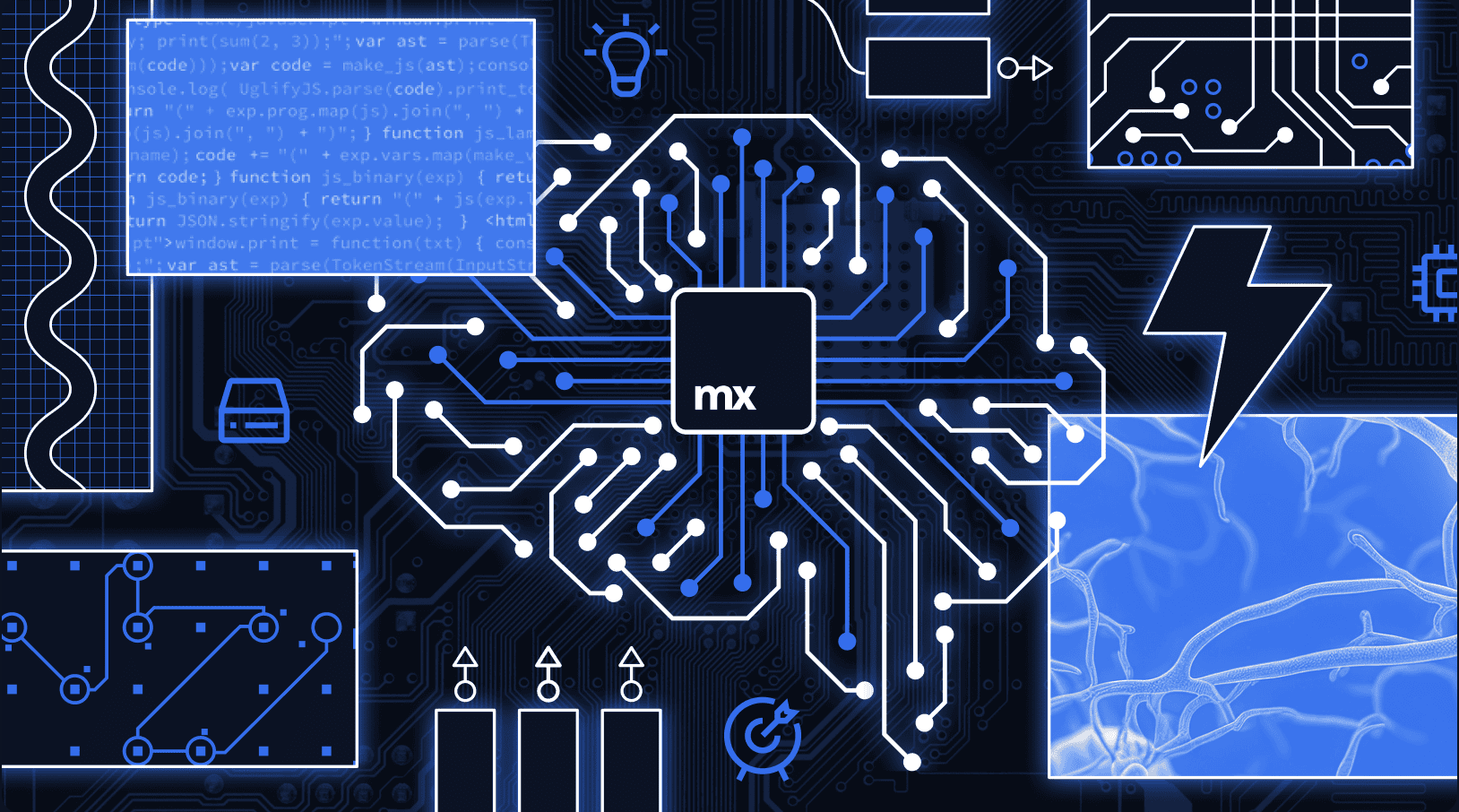
Artificial Intelligence (AI) has revolutionized various aspects of technology and society, offering a range of applications from simple automation to complex decision-making processes. The foundation of these applications lies in different types of AI models, each designed to tackle specific tasks with unique strengths and methodologies. Understanding these models is crucial for harnessing their potential effectively. The primary types of AI models include machine learning models, neural networks, natural language processing models, and hybrid models. Each type encompasses various subtypes tailored to different applications and problems.
Machine Learning Models
Machine learning (ML) models form the core of AI, enabling systems to learn from data and improve over time without explicit programming. These models can be broadly classified into supervised learning, unsupervised learning, and reinforcement learning.
- Supervised Learning Models: These models are trained on labeled data, meaning each training example is paired with an output label. Supervised learning is used for tasks like classification and regression. Common algorithms include:
- Linear Regression: Used for predicting continuous values.
- Logistic Regression: Used for binary classification tasks.
- Support Vector Machines (SVM): Effective for classification and regression tasks.
- Decision Trees and Random Forests: Used for both classification and regression, with the latter providing ensemble learning techniques.
- Unsupervised Learning Models: These models work with unlabeled data, identifying patterns and structures within the data. They are commonly used for clustering, dimensionality reduction, and anomaly detection. Popular algorithms include:
- K-Means Clustering: Partitions data into k distinct clusters.
- Principal Component Analysis (PCA): Reduces the dimensionality of data while preserving variance.
- Autoencoders: Neural networks used for learning efficient codings of input data.
- Reinforcement Learning Models: These models learn by interacting with an environment, receiving feedback in the form of rewards or penalties. This approach is particularly useful in areas like robotics, game playing, and autonomous systems. Key algorithms include:
- Q-Learning: A value-based method for finding the optimal action-selection policy.
- Deep Q-Networks (DQN): Combines Q-learning with deep neural networks for handling high-dimensional state spaces.
Neural Networks
Neural networks are a subset of machine learning models inspired by the human brain’s structure and function. They consist of layers of interconnected nodes (neurons) that process data in a hierarchical manner. Types of neural networks include:
- Feedforward Neural Networks (FNN): The simplest type of neural network, where data flows in one direction from input to output. They are used for tasks like image recognition and speech recognition.
- Convolutional Neural Networks (CNN): Specialized for processing grid-like data such as images. CNNs use convolutional layers to automatically and adaptively learn spatial hierarchies of features, making them highly effective in image and video processing.
- Recurrent Neural Networks (RNN): Designed for sequential data, where connections between nodes form a directed graph along a sequence. RNNs are used in natural language processing (NLP) and time-series analysis. Variants include Long Short-Term Memory (LSTM) networks and Gated Recurrent Units (GRUs), which address issues of vanishing gradients and improve long-term dependency learning.
Natural Language Processing Models
Natural Language Processing (NLP) models are designed to understand and generate human language. They are critical for applications such as language translation, sentiment analysis, and conversational agents.
- Bag-of-Words (BoW): Represents text data as a collection of words, disregarding grammar and word order but keeping multiplicity. Useful for text classification tasks.
- Word Embeddings: Represent words in continuous vector space, capturing semantic relationships. Techniques include Word2Vec, GloVe, and FastText.
- Transformer Models: State-of-the-art models for NLP tasks, using mechanisms like self-attention to process data. The Transformer architecture is the foundation for models like BERT (Bidirectional Encoder Representations from Transformers) and GPT (Generative Pre-trained Transformer), which excel in a wide range of language tasks.
Hybrid Models
Hybrid models combine multiple AI techniques to leverage their strengths and mitigate their weaknesses. These models can integrate various machine learning algorithms, neural networks, and even domain-specific rules to achieve more robust and versatile solutions.
- Ensemble Learning: Combines predictions from multiple models to improve accuracy and robustness. Techniques include bagging (e.g., Random Forests) and boosting (e.g., AdaBoost, Gradient Boosting).
- Neuro-Symbolic AI: Integrates neural networks with symbolic reasoning, aiming to combine the pattern recognition capabilities of neural networks with the logical reasoning strengths of symbolic AI.
- Multi-Modal Models: Process and combine data from different modalities, such as text, images, and audio, to perform complex tasks requiring diverse data sources. Examples include models that integrate vision and language for tasks like image captioning and visual question answering.
The diversity of AI models reflects the complexity and variety of problems AI aims to solve. From traditional machine learning models to advanced neural networks and hybrid approaches, each type of model offers unique capabilities suited to different applications. Understanding these models allows practitioners to choose the right tools for their specific needs, driving innovation and efficiency across various domains. As AI continues to evolve, new models and techniques will emerge, further expanding the possibilities of what AI can achieve.
